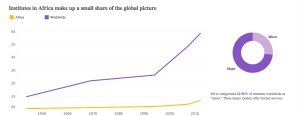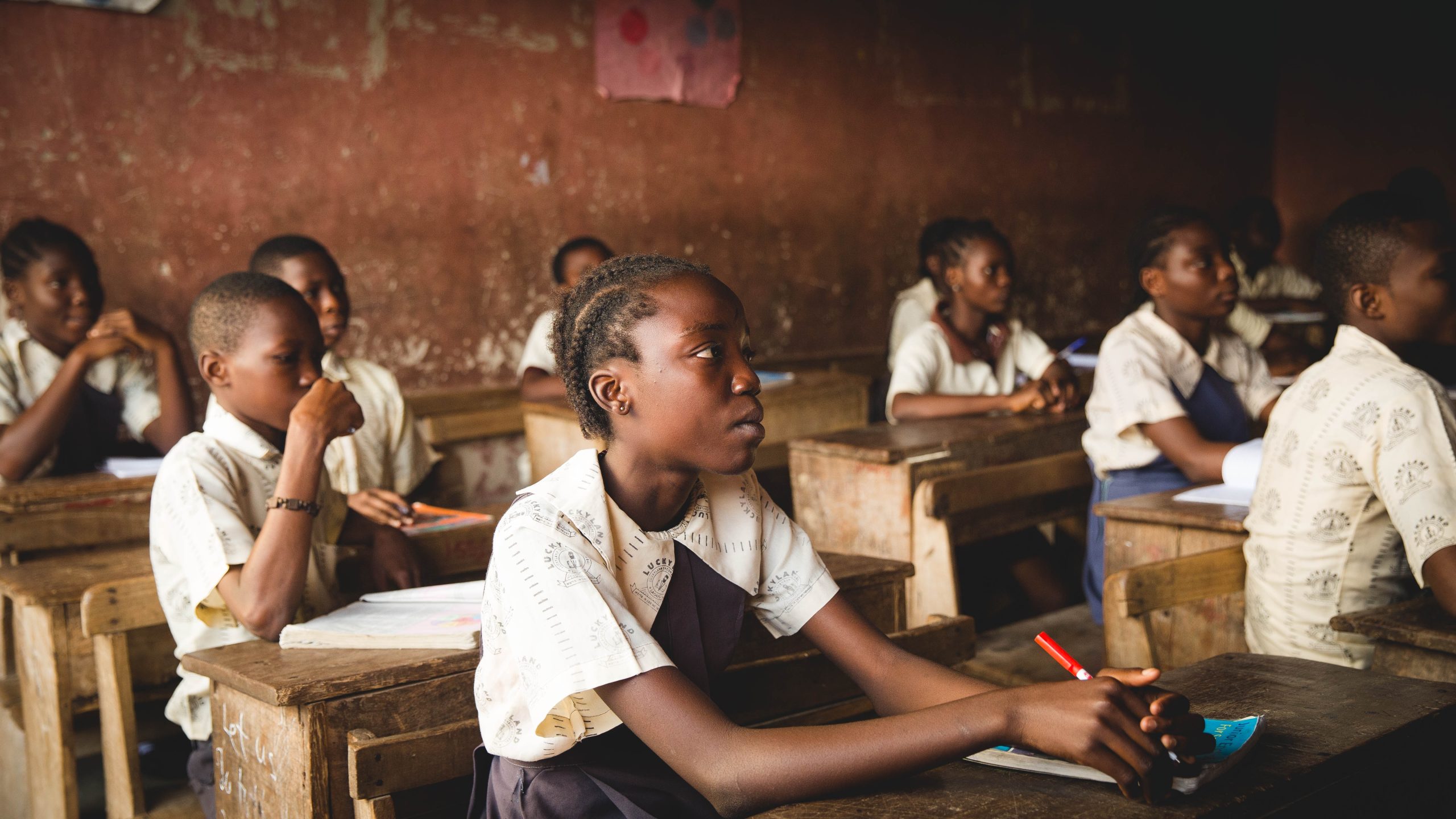The African continent is home to 16% of the world’s population and 19% of its youth. We often hear the negative side of this – with young people making up 60% of unemployed Africans, with youth unemployment over 30% in North Africa as a whole and in countries like Botswana, Senegal, and South Africa.
At the same time there is an opportunity narrative too. The 2012 African Economic Outlook estimates that Africa’s youth demographic, already higher than any other continent’s as a percentage of total population, will double by 2045. Across the continent, the population of college-aged youth is set to explode, and as the middle-class grows in the region they are interested in “going global” – learning other languages, and living and working abroad. Youth in Ethiopia, Angola, and Ghana will have the three fastest growing tertiary enrolment ratios over the next ten years. Nigeria and Kenya are projected to have the fourth and tenth largest growth markets of outbound students by 2027 respectively. Students who find work or scholarship opportunitieswith new linguistic and cultural competencies can become powerful voices to represent their communities’ interests on a global stage.
Our third set of infographics explore which countries are doing the most to explore this opportunity in Africa and where exactly they are investing.
We do so by looking at the most visible, and sometimes controversial, public diplomacy tools of 29 countries – cultural institutes. These can come in all shapes and sizes; some of the most notable programs involve flows of people and resources, like exchange programs or lectureships. However, in this study, we looked at programs where governments establish brick-and-mortar locations to promote their culture or language. We broadly categorized them as either major institutions (funded to serve as flagship facilities like Confucius Institutes or Alliance Francais) or minor institutions (with limited services, often nested in local classrooms or public libraries, like Confucius Classrooms and most American Spaces). Language instruction is a crucial element in all these institutes.
Our findings? Four key points stood out.
1. Africa is not yet a priority
While there are 606 institutes in Africa, this represents just 13.75% of the global total. The United Kingdom, the United States, Portugal, Brazil, and Belgium all seem interested in courting African audiences, each setting up over a fifth of their offices there, but on average, a public diplomacy program will only set up 9% of its locations in Africa.

2. Top Destinations
The 10 most populous countries in Africa together make up about 60.9% of the continent’s population, but they only attracted 33.4% of the institutes in our database. Nigeria, Ethiopia, and Egypt are all top destinations, but the Democratic Republic of the Congo, with the fourth largest population on the continent, is noticeably underinvested. With 15 institutions, it is tied with tiny Mauritius for 14thplace. Living in a large city is a better indication that there will be a cultural institute nearby, but there are other factors in play than population alone. Tunis, Rabat, and Maputo all punch above their weight, each one attracting nearly two times as many institutes as cities twice their size, like Khartoum and Dar es Salaam.

GDP has slightly stronger correlations, but there are outliers here, too: the oil wealth of Angola and Sudan can’t buy them the cultural attention that is lavished on Madagascar.Digging into economic data makes it clear that foreign powers have different strategies and structures for branding themselves. China, for instance, tends to set up its Confucius Institutes in its export destinations, which can be a pragmatic way to promote deeper understanding behind business deals and development programs. Former colonial powers, on the other hand, have more complicated objectives, whether they are opening dialogues for reconciliation or building on historical understanding for future cooperation. France, in fact, seems slightly less likely to be involved in countries where public opinion polls deem it the most influential.
3. Top Investors
As this timeline video shows, we found that France is the biggest investor in Africa, followed by the UK and China. A number of media outlets found this particularly interesting.
Indeed, the global number of university students studying internationally is projected to reach an all-time high point by 2024, but this growth is slowing. As the flow of outbound students slows down (partially because traditional sending countries like China are ageing and investing more in domestic higher education) there will be more competition to win the hearts and dollars of the world’s top scholars. It is unsurprising to see that the top destinations for outbound students, the US, the UK, and France, are among the top investors in overseas offices to facilitate recruitment.
4. There is no model of success
New voices that want recognition on the world stage will undoubtedly have different approaches than countries who have long been involved in Africa and want to change their tone. China’s model of embedding into universities and schools has drawn criticismrecently, as have cases where it’s persuadedcountries to adopt Chinese language courses in their national education curricula, but it is not the only country to set up shop on academic campuses. There are tradeoffs in locations less welcoming to students, as American Spaces adjusting to new security protocols can testify, and it also remains to be seen whether having foreign, local, or dual directors impacts how engagement is received.
While foreign governments as a whole are not yet paying enough attention to African audiences, there has been an explosion of institute variety in recent years, from simple Spanish language lecture halls in Maputo to massive facilities with Korean pop music competitions in Lagos. We’ll be paying attention to see how young Africans evaluate which institutes offer them truly global cultural literacy.
You can have a look at our full, beautifully curated data set here.
September 2018


